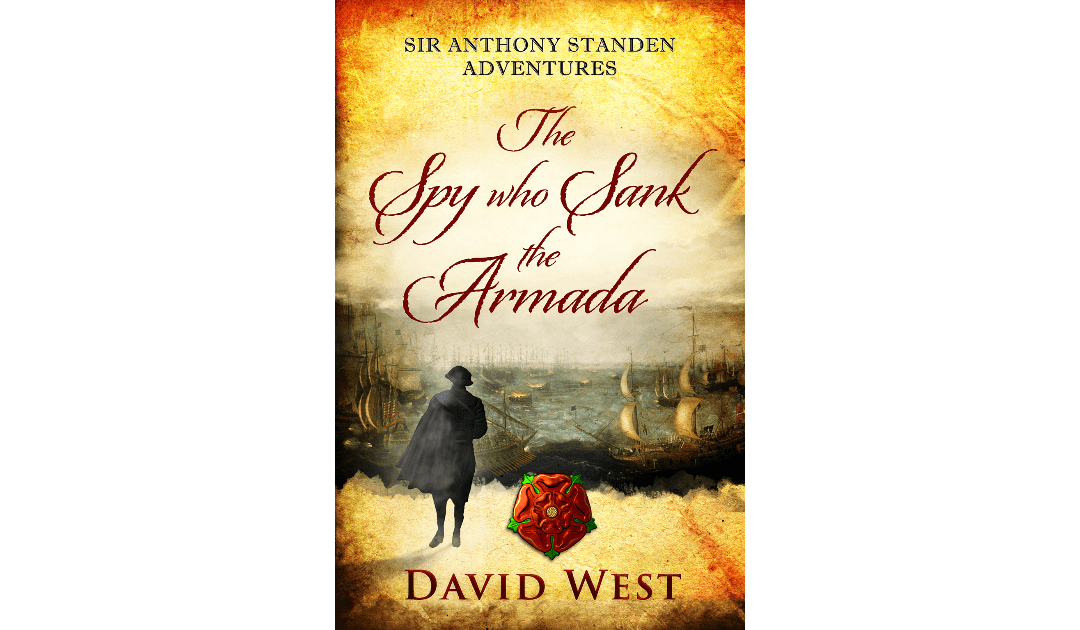On this day in 1685, James II’s army defeated the Duke of Monmouth’s forces, at the Battle of Sedgemoor. Monmouth’s rebel army, largely comprised of discontented peasants and Protestant supporters, faced off against the well-trained and disciplined forces of King James II. The battle unfolded on the Somerset Levels, near the village of Westonzoyland.
Despite initially gaining ground and causing heavy casualties, Monmouth’s forces were ultimately overwhelmed by the royal army. The rebels suffered from poor leadership, lack of proper equipment, and limited military experience. Their defeat was swift and brutal. The aftermath of the battle was equally grim, with Monmouth’s supporters facing severe repression, including brutal executions, imprisonments, and confiscation of their properties. The Battle of Sedgemoor solidified James II’s grip on power, further tightening his control over England.
You probably wonder what Errol Flynn and Robinson Crusoe have to do with it. Well, the Battle of Sedgemoor features in the first few chapters of Rafael Sabatini’s novel, Captain Blood, and is discussed at the beginning of the 1935 film starring Errol Flynn. Daniel Defoe, author of Robinson Crusoe, fought on the Monmouth side. He was heavily fined by Judge Jeffries, but avoided execution, which was the fate of many of his brothers in arms. I have dealt with Errol Flynn and the author of Robinson Crusoe, now to spies.
Daniel Defoe worked as a spy for Robert Harley, the Chancellor of the Exchequer. His mission was to use writing a history of the Union of Great Britain as a cover for soliciting opinions on the proposed Union expressed in Edinburgh and Glasgow. The BBC’s account of his ability as a spy, suggests that his ego, and writer’s instinct to embellish a story, may have rendered his account a little unreliable.
When I began writing Sir Anthony Standen’s story, I felt he too, would be unfitted for the role. He must have had an affinity for languages, which he could have acquired mixing with the children of diplomats at Hampton Court. In The Spy who Sank the Armada, I decided that an early crisis should be the turning point from a Daniel Defoe style spy, to an Elizabethan James Bond.

